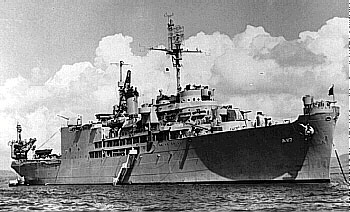Stryder50
Platinum Member
Within a decade or two of the Wright Brothers and their Kitty Hawk venture of powered and manned heavier than air flight craft "proof of concept" we find that during the First World War, flat platforms for landing and take-off of aircraft had been built upon the upper levels of warships and first experiments of ship-born aircraft use were in play. Especially during and shortly after WW One.
This thread is intended to focus upon such. While many Nations and their Navies provided early experiments in the concepts of aircraft landing and taking off from a warship; we will focus here, to start with, on the efforts of the United States of America (USA) and it's Navy ~ Unite States Navy ~USN.
While initial posts and focus are on the USN, other nations will be examined and considered as this thread develops.
This thread is intended to focus upon such. While many Nations and their Navies provided early experiments in the concepts of aircraft landing and taking off from a warship; we will focus here, to start with, on the efforts of the United States of America (USA) and it's Navy ~ Unite States Navy ~USN.
While initial posts and focus are on the USN, other nations will be examined and considered as this thread develops.


